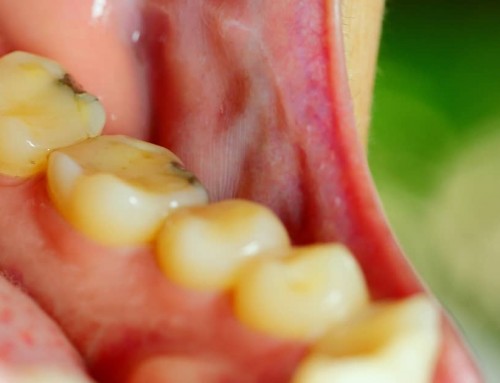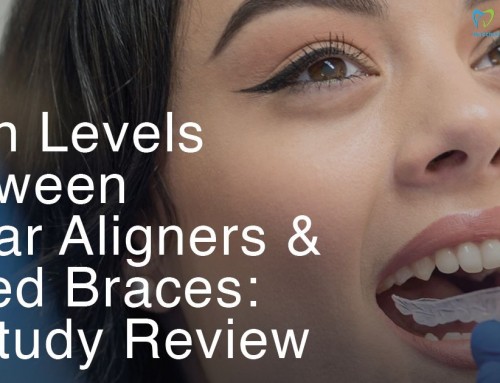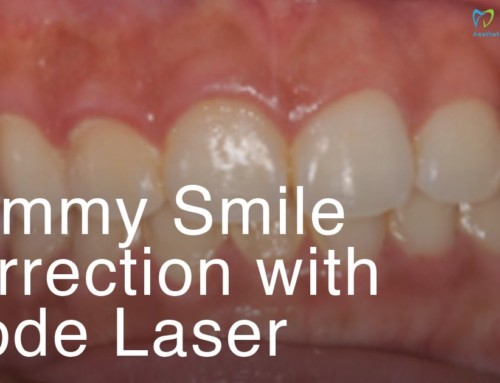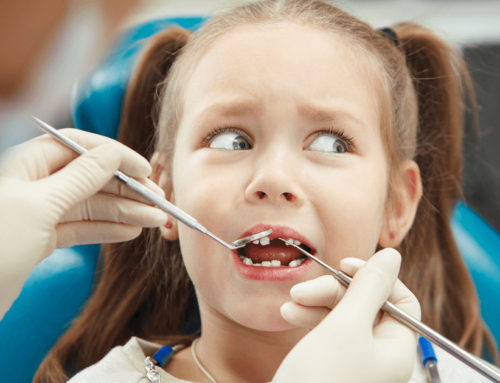
Digital photography makes it far easier to create an accurate file for each of your patients. When taken with the right camera and lens, a digital photo can reveal colour, shape, texture, and other aspects of tooth structure. Find out more about the cameras and types of photos you may need to implement in your practice.
Types of Cameras
Film photography is practically obsolete, except for some users who prefer a film camera for artistic purposes. For an aesthetic dental clinic, digital photography provides just the right sort of clear, crisp visual that is needed for a patient’s file. A high-quality smartphone camera or a digital single-lens reflex camera (DSLR) is the perfect tool for capturing shots of the patient’s mouth.
Flashes and Brackets
One dentist reports that he uses a Nikon D600 DSLR to take his clinical photos. Accessories that enable various kinds of photos include his ring flash and macro lens. He also employs a dual-point source flash system and a bracket to achieve good lighting on both sides of the patient’s mouth while he snaps photos from the front.
Wi-Fi-Enabled SD Cards
You may also want to invest in some Wi-Fi-enabled SD cards for the camera. This way, you can have the photos you take sent immediately to a viewing screen near the patient. You won’t have to use a cable and connect it to a computer in order to download the photos; they will be instantly accessible to you and your patient in real time.
Long-Handled Mirrors
What about taking photos of hard-to-reach areas? You’ll need to have an assistant hold the mouth open in the right position or manipulate mirrors so you can get the shot your need. However, having someone’s hands in the photo is distracting, so you may wish to invest in some mirrors with long handles to achieve a cleaner picture. Soak the mirrors in warm water or place them on a heating pad so that they won’t fog up with the patient’s breath while you are trying to take the photo.
Patient Education
Often, patients cannot see all the issues that a dentist’s trained eye can identify. They may not realise how badly they need Invisalign to improve their bite, or how much their stained or chipped teeth could benefit from porcelain veneers. For these issues and more subtle problems, a clear and accurate photo can be a dentist’s best friend. You can point to problem areas on the screen so your patients can identify them with their own eyes.
More Information, More Training
Are you interested in delving into dental photography even further and discovering how it can help your dental practice? In the past the Aesthetics and Digital Dentistry Academy has provided courses for a variety of smile makeover topics, including a very popular course on Macro to Micro Dental Photography. While that course has concluded, the ADDA could potentially offer it again in the future, depending on the availability of the trainer. Until then, you can find plenty of additional programmes to boost your skills and ensure that you are giving your patients the best quality care. Check out our other aesthetic dental programmes here.
Source: Dentistry IQ, 25 Jan 2016




